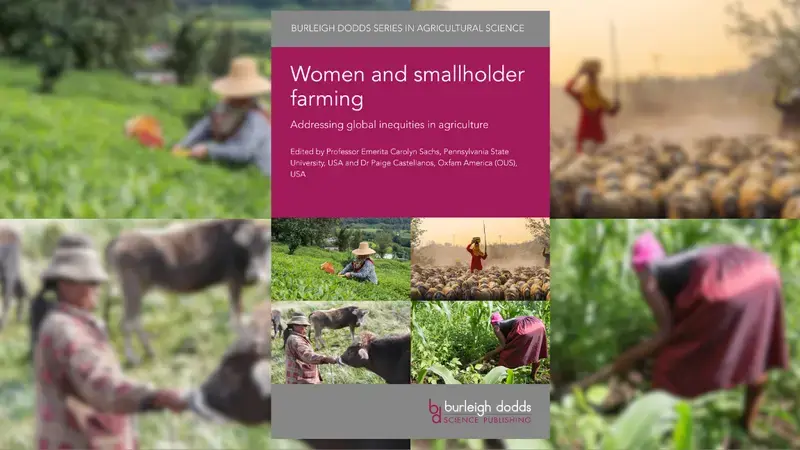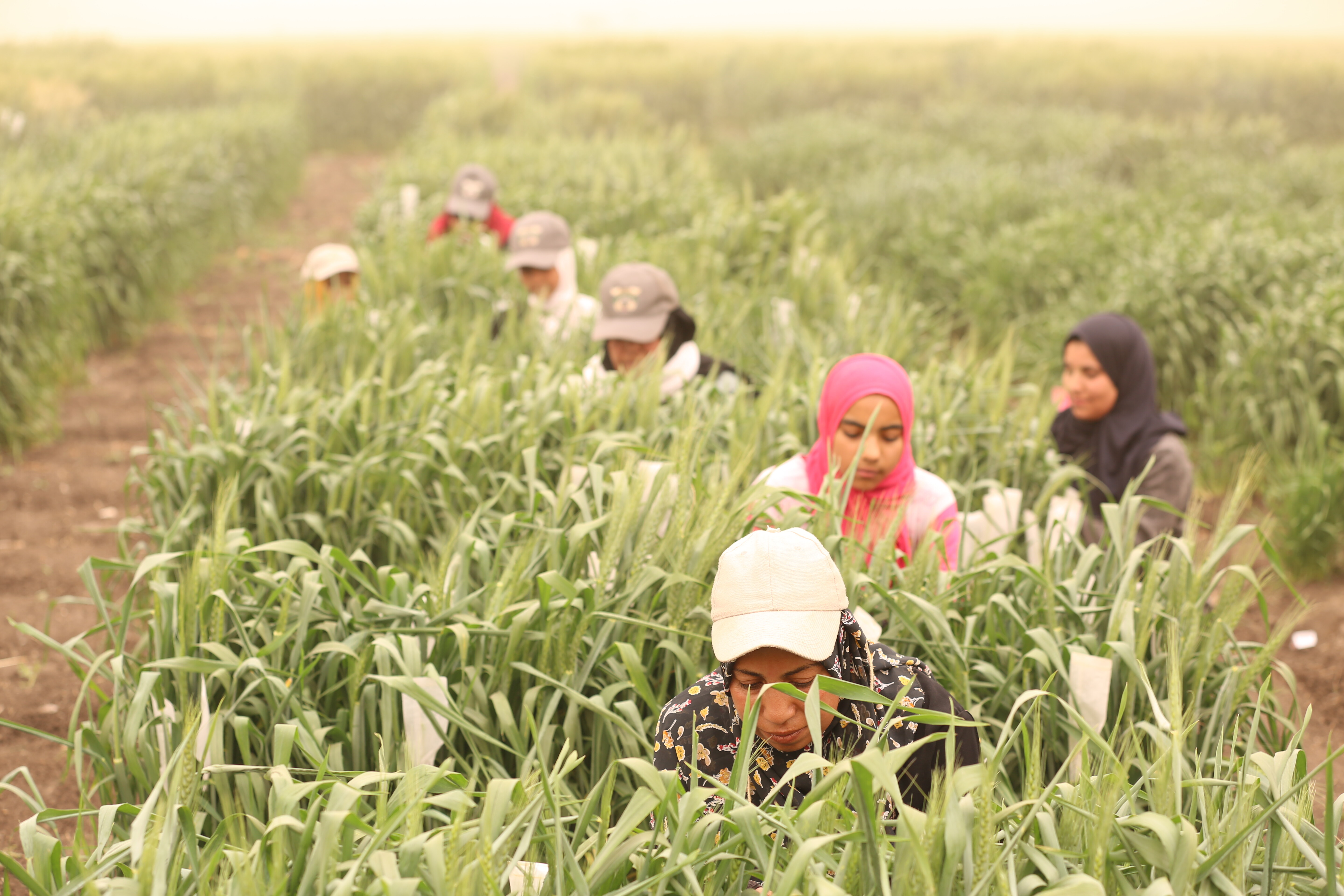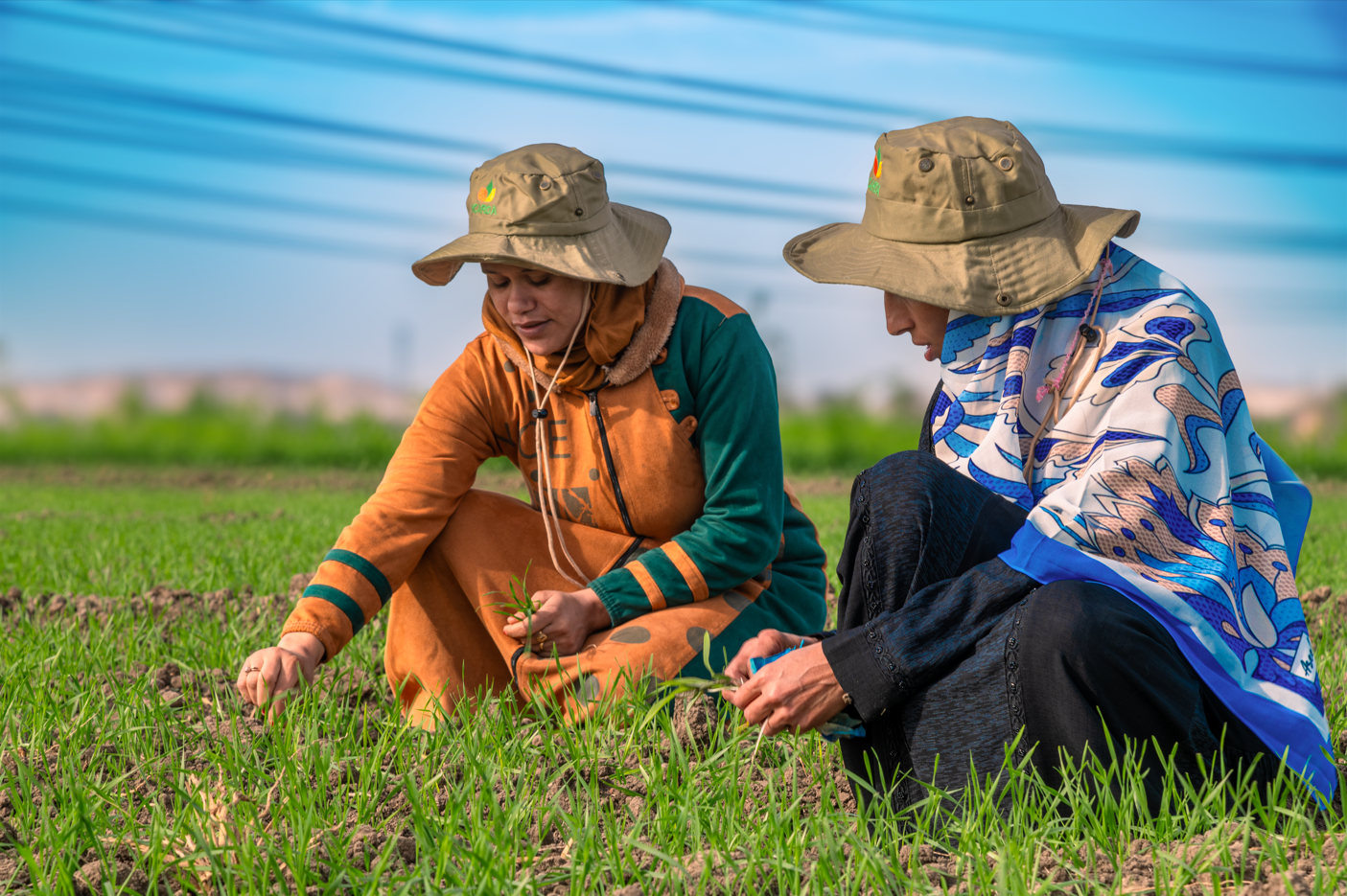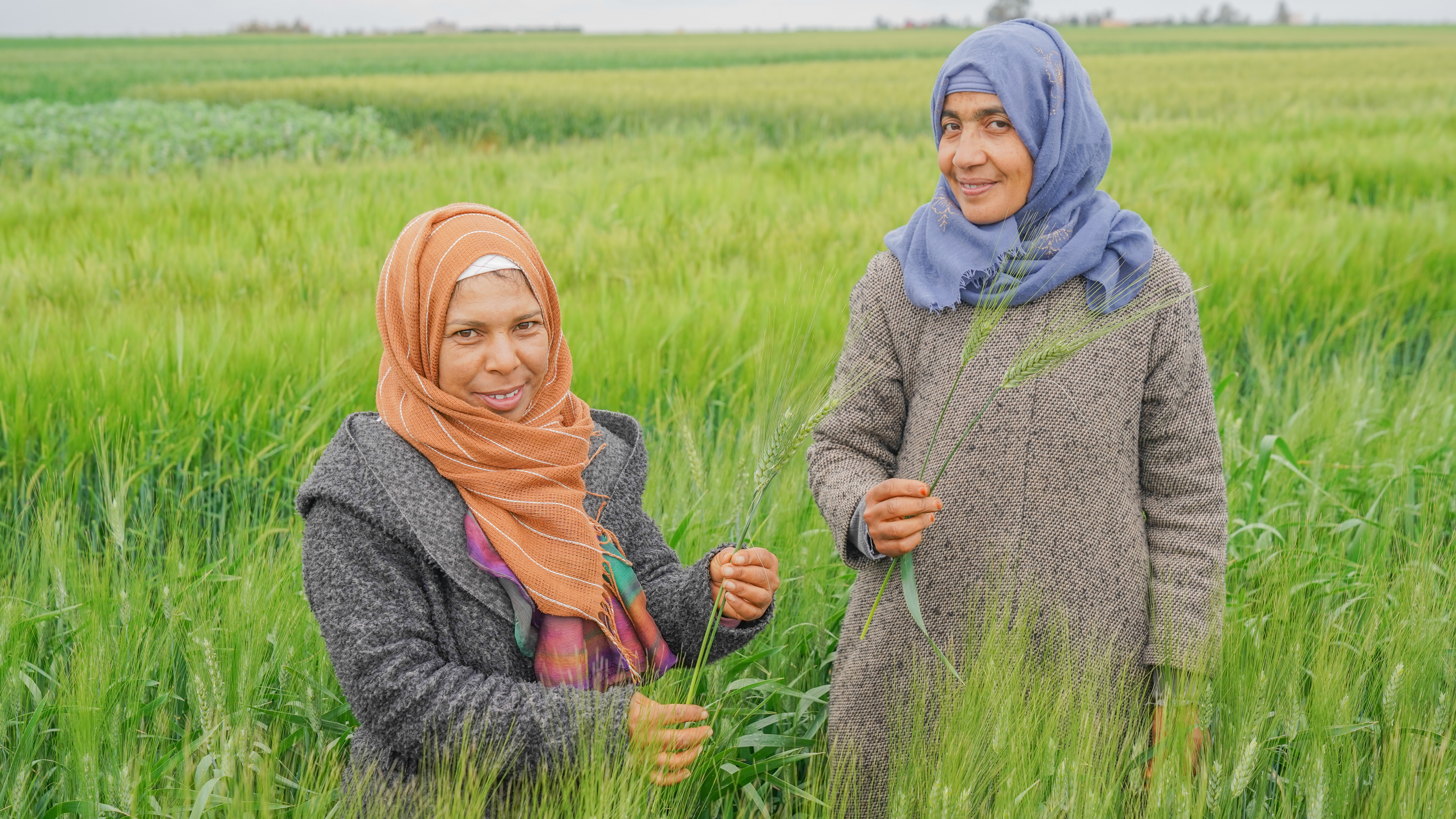Women and Smallholder Farming in MENA – A Book Chapter

Across the Middle East and North Africa (MENA), women make up nearly half of the agricultural workforce. They plant, weed, water, and care for livestock. In spite of this, their labor often goes unrecognized in official statistics and even within their own communities.
ICARDA Senior Gender Scientist, Dr. Dina Najjar, addresses the challenges women farmers face across the MENA region in a new book, Women and Smallholder Farming: Addressing Global Inequities in Agriculture (2025), published by Burleigh Dodds Science Publishing, which brings together leading voices from across the CGIAR and other global research institutions to examine one of the most enduring challenges in agriculture: gender inequity.
The book offers a comprehensive and forward-looking exploration of women’s contributions to smallholder farming systems worldwide, such as how they can sustain livelihoods, drive innovation, and overcome systemic barriers that have long kept them at the margins of agricultural policy and research.
Dr. Najjar’s chapter, “The Impact of Sociocultural Factors on Women Smallholder Farmers: Middle East and North Africa,” examines how deeply rooted gender norms shape women’s daily lives and limit their economic opportunities. Drawing on decades of ICARDA’s gender research, it offers a detailed look at how social norms, legal frameworks, and climate pressures intersect to make women’s agricultural work in this region essential, but unfortunately, invisible.
The Misrepresentation of Women Farmers

Women make up a substantial proportion of the agricultural labor force across MENA, especially in the region’s drylands, where migration and climatic stresses are affecting rural economies. As men and youth migrate to urban centers in search of more sustainable income sources, women have taken on more farming responsibilities in an ongoing “feminization” of agriculture.
Yet, as Dr. Najjar notes, “women’s work is too often misclassified or not counted at all.” In several countries across the region, women agricultural workers are still listed as stay-at-home spouses on their national IDs, while their male counterparts are registered as farmers.
This seemingly simple bureaucratic technicality deprives women of recognition, fair pay, and access to essential resources. It also undermines agricultural planning.
“If women are invisible in data, they remain invisible in decision-making,” says Dr. Najjar. “Recognition is the first step to empowerment.”
The Uneven Ground Beneath Their Feet

Only 5% of agricultural land in the MENA region is owned by women, the lowest rate in the world. Without land titles, women are locked out of access to credit, extension services, and training programs, perpetuating cycles of economic vulnerability.
Even in countries where women have legal inheritance rights, social expectations often prevent them from claiming or keeping their share. “Women’s ownership is frequently notional,” Najjar and her co-author, Dr. Bipasha Baruah of Western University, Canada, write. “In practice, brothers, husbands, or fathers still control the land.”
As climate change intensifies, land tenure becomes central to adaptation. Women who shoulder much of the land’s responsibilities but lack autonomy and property rights are less able to invest in sustainable practices or recover from climate shocks.
The Cost of Having a Job

Through case studies in Morocco, Egypt, and Tunisia, Dr. Najjar’s research highlights the realities facing women farmers who do significant agricultural labor yet remain locked in low-paid, precarious, and often only seasonal jobs compared to their male counterparts. This inequity is further exacerbated by unsafe transportation, workplace harassment, and a lack of legal protection.
“Women’s access to work often depends on their tolerance of harassment,” explains Dr. Najjar. Her research found that to protect themselves, many women farmers in the region often sacrifice higher incomes for safety by accepting lower-paying, women-only jobs.
Beyond wage inequity, women’s lack of bargaining power in agricultural labor markets and limited participation in farmers’ unions further marginalize them. “Organizing collectively could transform women’s working conditions,” Najjar writes, “but opportunities to do so remain scarce.”
The Future of Farming

The chapter extends beyond the diagnosis of inequality to offer a concrete roadmap for change. Among its recommended “ways forward” are:
- Legal recognition of women as farmers, not “helpers.”
- Reform of male-biased inheritance laws and stronger legal literacy campaigns.
- Access to training and technology, especially in irrigation, livestock management, and drought adaptation, which are still seen as “masculine” among rural communities in the region.
- Gender-responsive digital extension services to close the rural digital divide.
- Social protection programs that recognize agricultural labor as essential work, inspired by global lessons from the COVID-19 pandemic.
The recommendations reflect ICARDA’s broader mission to make gender equity a core dimension of agricultural research and innovation. Through initiatives like gender-responsive digital extension pilots and climate adaptation studies across the region, Dr. Najjar’s work continues to shape global thinking on inclusive agricultural transformation.
As MENA countries face growing challenges such as overpopulation, drought, water scarcity, and food insecurity, the contributions of women farmers must move from the margins to the center of agricultural policy and research.
